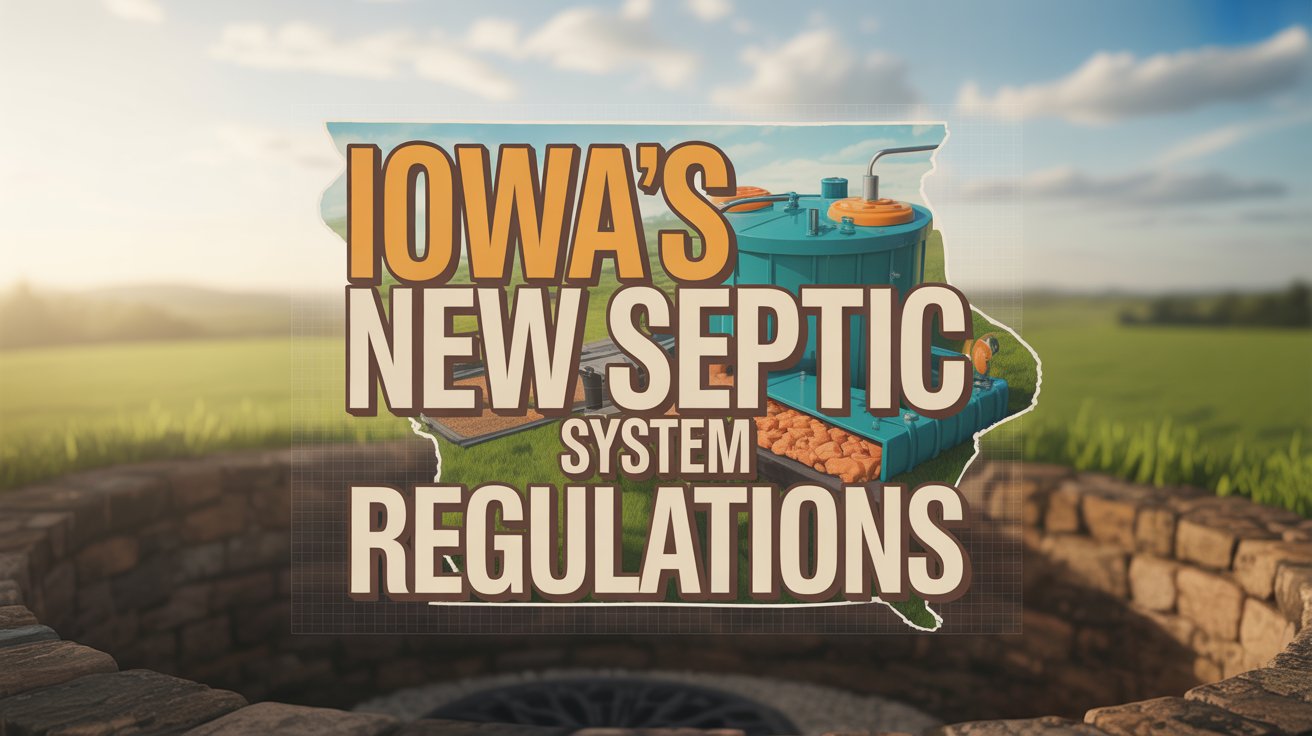The Iowa Natural Resources Commission has made big changes to septic system rules. These changes make it easier to use aerobic treatment units (ATUs). This is to help reduce barriers and encourage new ways to treat wastewater.
Key Changes to Aerobic Treatment Units
Aerobic treatment units are now easier to use. They are an alternative to traditional septic systems. ATUs work by using aeration and mixing to break down waste, making water clean.
Eric Wiklund from the Department of Natural Resources’ Water Quality Bureau said a big change is that ATUs no longer need extra treatment steps. Before, they had to go through soil absorption systems or sand filters. This extra step was a barrier to using ATUs.
Before, ATUs faced practical limits. Places that could use soil absorption systems already did. But areas with poor soil or high water tables couldn’t use ATUs because of the extra treatment needed.
Public Response and Safety Concerns
People had mixed feelings about the changes. Some worried about water pollution from ATUs, especially with maintenance and reliability. But most speakers at the Natural Resources Commission meeting were in favor. They pointed out that ATU-treated water meets quality standards just like other approved methods.
Standardized Requirements Across All Systems
Now, all alternative septic systems must meet the same standards. This includes both media filters and ATUs. All systems must pass the same tests in Iowa, ensuring they work well and meet expectations.
This change is part of the governor’s effort to simplify rules while keeping the environment safe. It aims to encourage new wastewater treatment technologies by allowing them to be used across the state.
Enhanced Maintenance Requirements
The new rules make maintenance for ATUs stricter. These systems need to be serviced twice a year. Now, counties must check that maintenance happens on time.
This extra oversight is to address worries about pollution. By making sure maintenance is done, the rules help keep systems working well and protect the environment.
Implementation and Scope
The changes will start in August and affect Iowa’s septic system network. It’s hard to say exactly how many systems there are, but Eric Wiklund thinks it’s over 10,000. These systems serve both homes and shared systems for many families.
The updates aim to find a balance. They give property owners more choices for treating wastewater while keeping safety and oversight in check.
Resources:

